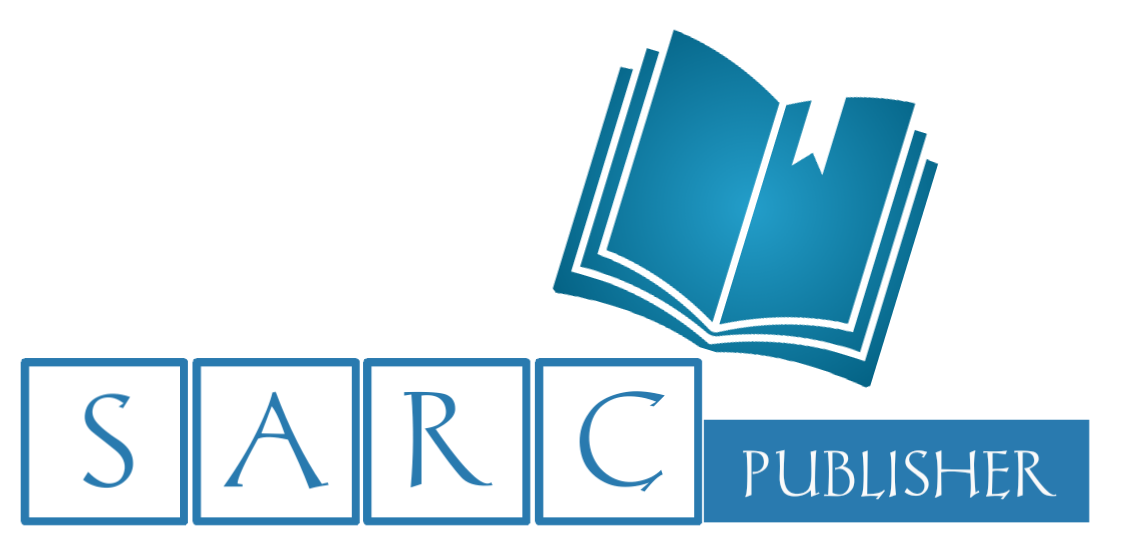Sarcouncil Journal of Medical Sciences

Sarcouncil Journal of Medical Sciences
An Open access peer reviewed international Journal
Publication Frequency-Monthly
Publisher Name-SARC Publisher
ISSN Online- 2945-3526
Country of origin- Philippines
Impact Factor- 3.7
Language- English
Keywords
- Vascular Medicine, Cardiology, Critical care medicine, Dermatology, Emergency medicine, Anesthesiology, Cardiovascular Surgery, Colorectal Surgery, General Surgery, Neurosurgery, Obstetrics and gynecology, Oncologic Surgery, Ophthalmic Surgery, Ophthalmology.
Editors

Dr Hazim Abdul-Rahman
Associate Editor
Sarcouncil Journal of Applied Sciences

Entessar Al Jbawi
Associate Editor
Sarcouncil Journal of Multidisciplinary

Rishabh Rajesh Shanbhag
Associate Editor
Sarcouncil Journal of Engineering and Computer Sciences

Dr Md. Rezowan ur Rahman
Associate Editor
Sarcouncil Journal of Biomedical Sciences

Dr Ifeoma Christy
Associate Editor
Sarcouncil Journal of Entrepreneurship And Business Management
Retention Means of Prosthetic Parts in Implant Dentistry (Comparative and Analytic Study)?
Keywords: Prosthetic, Implant, cement, esthetics, screw, restorations.
Abstract: This paper aims to review the factors affecting the selection and prognosis of the screw- and cement-retained implant-supported prosthesis. The different characteristics of the screw- and cement-retained implant restorations and how they may influence the esthetics, irretrievability, retention, passivity, occlusion, accessibility, cost, and provisional restorations. Problems and complications frequently encountered are discussed. The bone-implant interface appears able to survive with some degree of offset loading; however, there appears to be an increase in the incidence of prosthetic complications such as screw loosening and breakage. As such, prudent control of offset loading is suggested through prosthetic design. The ability to generate vertical or axial loading may be compromised when the choice is made to use screw-retained implant restorations. Cement-retained implant prostheses are able to vertically load the prosthetic head of the implant. The use of misaligned implants is sometimes unavoidable; it should be minimized as non-axial forces on implants and abutments are more likely to cause complications and failures. The average rate of complications was 37,5% for cemented-retained restorations and 30% for screw-retained restorations. The complications more common in the cemented-retained restoration were the presence of mucositis (14,87%), while in the screw-retained restorations was the loosening screw (20%). Student t-test and Log-Rank test found significant differences (p=0,001) between the screw loosening and the presence of mucositis. The cemented-retained restorations show a lower incidence of screw loosening than screw-retained restorations.
Author
- Dr. Ahmed Khamis Mohammed
- M.B.Ch.B. \ F.I.C.M.S. \ (Anesthesiologist); Ministry of Higher Education and Scientific Research; Al-Iraqia University; Medical College; Pharmacology Department; Baghdad; Iraq
- Dr. Samara Salman Soud
- Higher Diploma of Prosthodontics; Iraqi Ministry of Health; AL-Karkh Health Directorate; Al-Dawoody Special Centre for Prosthetic and Orthodontics; Baghdad; Iraq.

